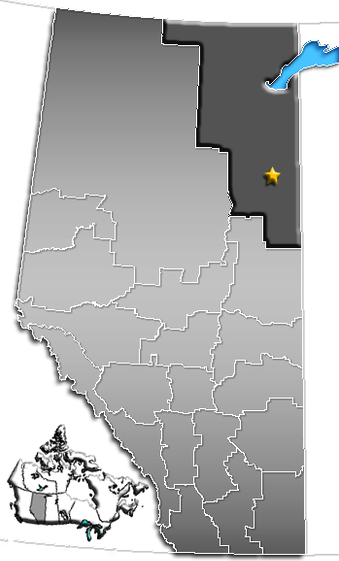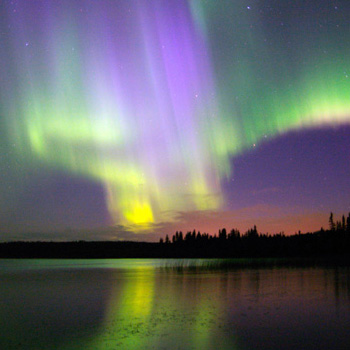This morning is “blue bin” day on my street. Every second week (alternate weeks are for non-recyclable garbage put out in a “gray bin”) here in Toronto we trundle out giant blue boxes on wheels to the curbside. The boxes contain newspaper, junk paper from the mail, recyclable plastics (1-5 category, the clear stuff and margarine styled containers), styrofoam, cans, plastic bottles, milk and juice containers, and tetra packaging. In addition I bring out the “green bin,” a smaller recycling bin that contains kitchen organic garbage. Trucks come by and collect the recycled material. The contents of the blue bins go to sites where the recyclable is streamed and then compressed and bundled for storage and resale. There is a market for much of what we recycle. And green bin contents can be composted and turned into soil.
But much of what we recycle does not get sold and ends up in long-term storage or in landfill. There is an enormous cost to building this recycling infrastructure. What if we could find another way to extract the value of recyclables from the waste stream without all of the collecting, sorting and storage? That’s what waste-to-resource technology is all about.
In the last week Wood Buffalo, Alberta, announced an initiative to convert waste into resources without recycling. Residents will place all materials in regular garbage for pickup. Instead of cleaning off the residue from metal cans after emptying them, residents will just throw them in the trash with everything else. No sorting, no separating required.
When collected the residual organic material within the garbage will be converted to energy through gasification and the metal from the can will be recovered. Combustible material will be converted to energy. This will eliminate the need for landfill sites permanently. In Northern Canada, landfill is even a bigger problem than in the South. Winter freezes and permafrost make developing garbage storage sites environmentally challenging.
Wood Buffalo is one of those northern municipalities. Located in northeastern Alberta, the area encompasses 68,454 square kilometers (26,430 square miles). This makes it one of the largest regional municipalities in North America containing within its area 11 towns, from Fort Fitzgerald in the north to Fort McMurray, in the centre and Conklin in the south. The total population in 2010 was 104,338 with 75% living in Fort McMurray, the heart of the oil sands.
The waste-to-resource technology announcement appeared in a special report entitled “The Future of the Oil Sands” published in The Globe & Mail, one of Canada’s national newspapers.
Is this more about public relations? Is this just a cleverly designed incineration process? Or does the project actually produce a net technology gain while improving the environmental impact of our throw away society?


















